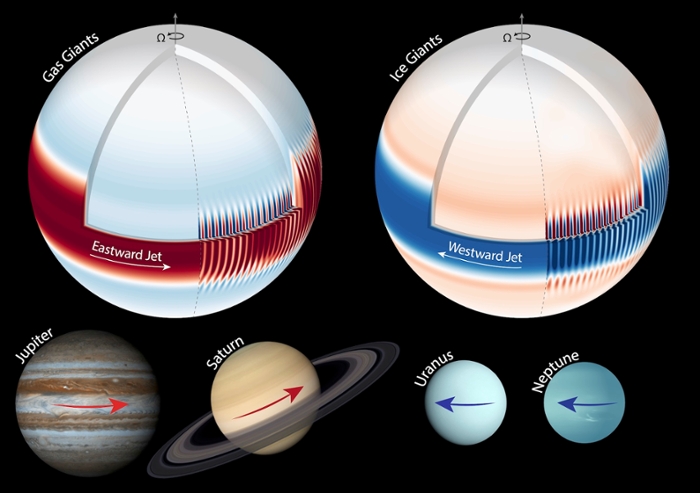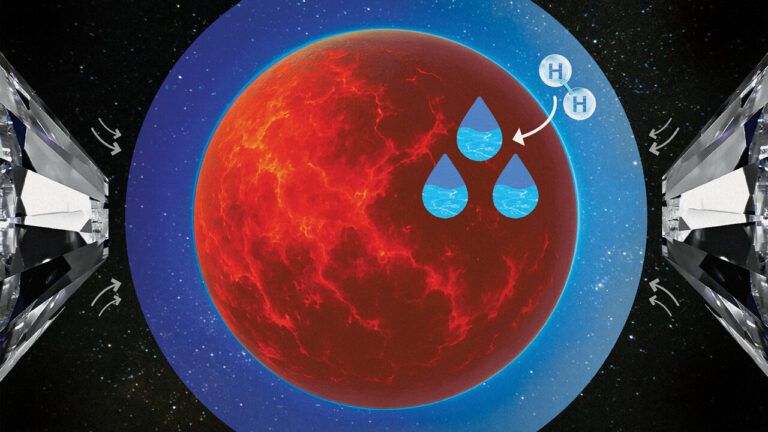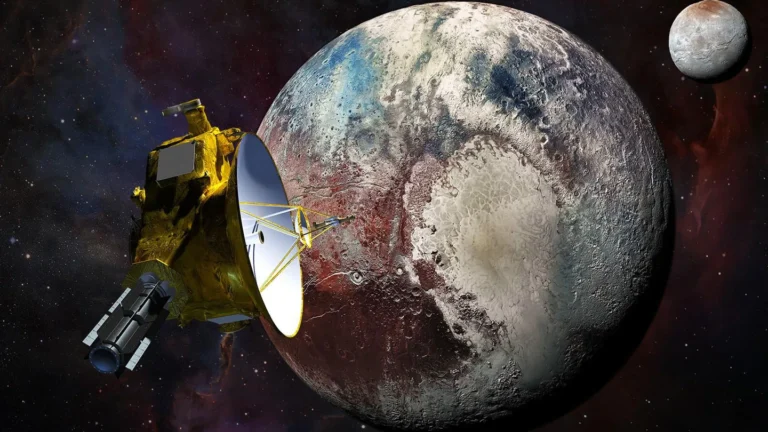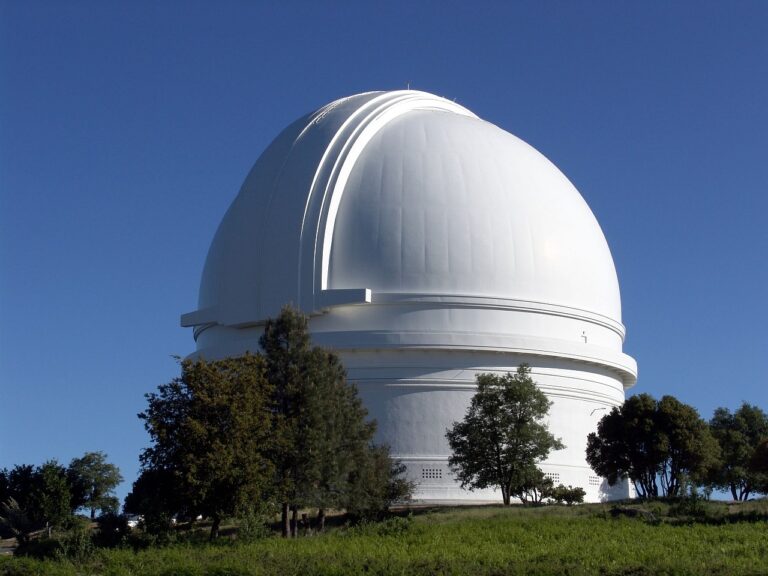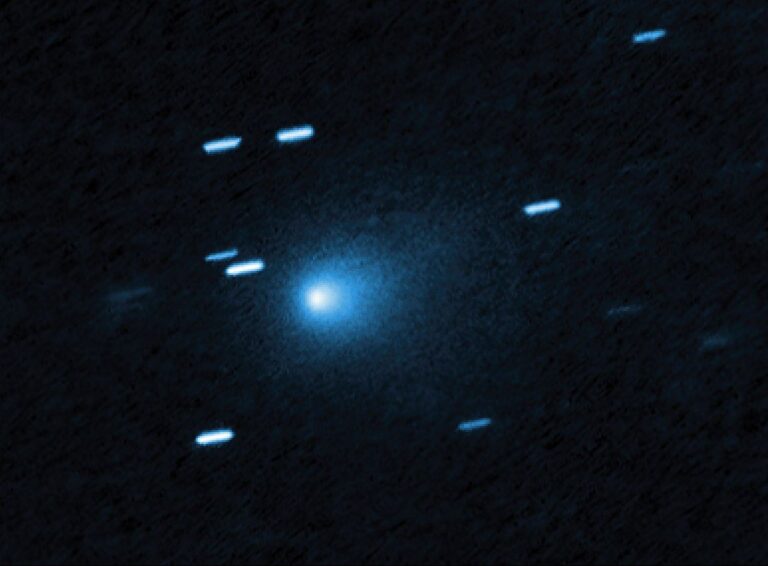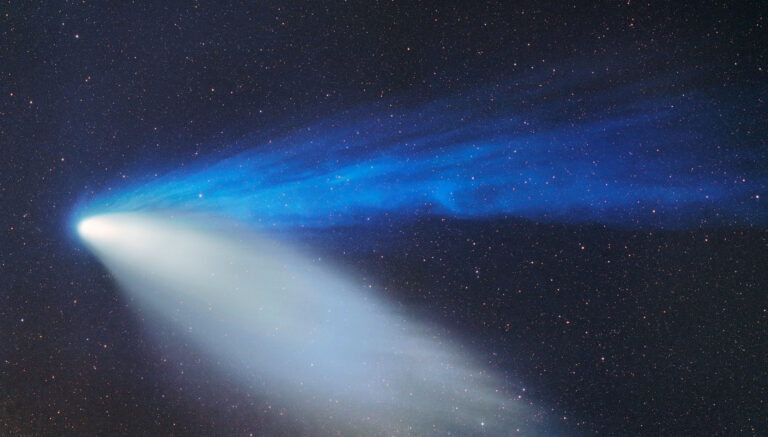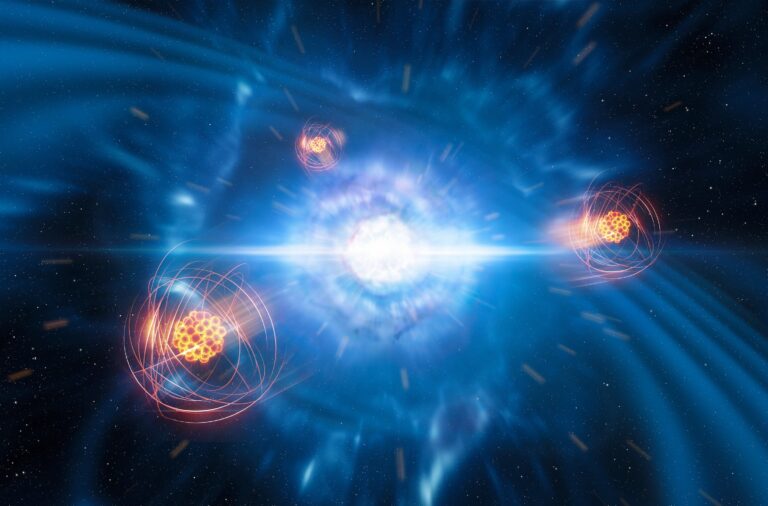Key Takeaways:
An undeniably important phase in a galaxy’s life is when it starts to birth hot new stars and illuminate the night sky. But for decades, researchers have struggled to figure out exactly how these stars are born from the gas that lingers between galaxies, known as the intergalactic medium. It’s been theorized that there’s an early stage in galaxy formation where hot gas accumulates substantially, but stars haven’t yet started forming. This has been referred to as a “dark phase,” and just like its name, its lack of starlight makes it near impossible to observe. But recently, a group of researchers has identified six “dark galaxy” candidates, which could close a crucial evolutionary gap in galaxy formation.
Led by Raffaella Anna Marino and Sebastiano Cantalupo of ETH Zurich’s Department of Physics, a team of researchers searched for these dark galaxies using one of the universe’s natural flashlights — quasars. Their work was published in The Astrophysical Journal on May 23.
Known as the brightest objects in the universe, quasars emit extraordinary amounts of ultraviolet light. This intense energy causes nearby hydrogen atoms to emit fluorescent light, known as the Lyman-alpha line. Since hydrogen is a key component in galaxy formation, it’s believed to be present in all stages of galactic evolution, including the dark phase. So if a dark galaxy is in close proximity to a bright quasar, incident UV light will cause the otherwise hidden object’s hydrogen to give off visible, fluorescent light.
Using quasars to search for dark galaxies isn’t a new technique, but finding them at such far distances was impossible in the past. However, with the help of the Multi Unit Spectroscopic Explorer (MUSE) instrument, attached to the European Space Observatory (ESO)’s Very Large Telescope (VLT), the research team was able to survey a region of distant quasars — one that had previously been too far away to see.
The team identified 200 objects emitting Lyman-alpha lines. From this, they pinpointed six hydrogen-rich regions that didn’t appear to be forming stars in a typical galactic fashion. They followed up on their leads by dedicating 10 hours of in-depth observation to each candidate, which included collecting their full spectral information. After analyzing the data, they concluded that the six regions were solid dark galaxy candidates.
Instruments like MUSE could revolutionize how we search for distant celestial objects. In the past, researchers could only image a narrow band of frequencies, each requiring specially designed filters, within a small region of sky. MUSE, however, functions as a high-powered spectrograph that collects visible wavelengths and also employs a wide field of view, allowing researchers to scour large regions without any filters.
By continually discovering new and innovative ways to comb through our skies, we could not only shed light on dark galaxies and close imperative gaps in galactic evolution, but also start to peel back the layers of our mysterious universe.



